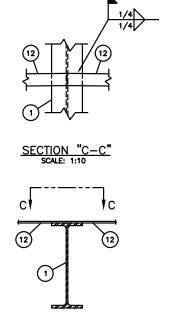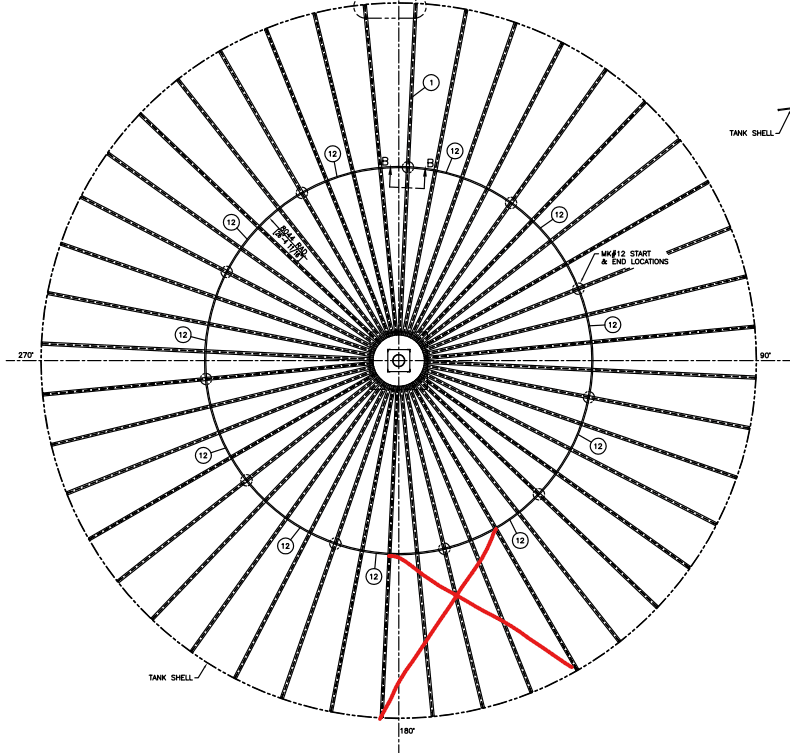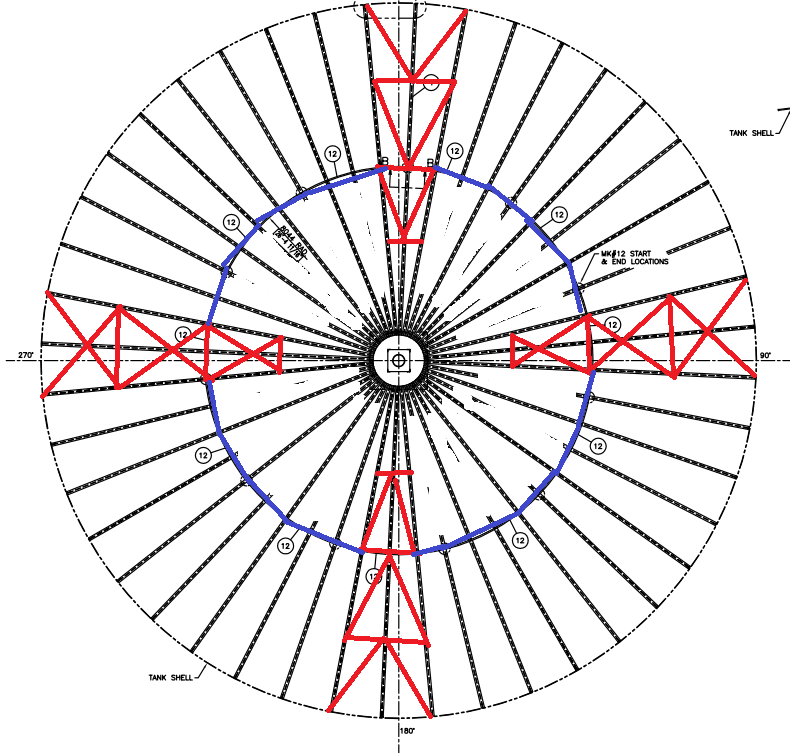I'm working on a design for an internal raftering support system for a 120ft diameter API-650 tank. I'm looking at a lateral bracing design for the rafters - I've reviewed some of our old projects, and we've always provided lateral bracing to internal raftering systems by welding 1/4" flat bar to join the tops of two rafters together to prevent buckling of the top flanges. This is done in a full ring, joining every rafter in the tank to an adjacent rafter. My question is, is this method of lateral bracing adequate?
How would seismic loading affect a raftering system braced this way? Could strong wind loading potentially lead to buckling of the unbraced bottom flanges? This tank is being designed for an area where hurricanes and seismic activity are of concern.
I can provide a sketch if my descriptions are unclear.
Thank you.
Nick
How would seismic loading affect a raftering system braced this way? Could strong wind loading potentially lead to buckling of the unbraced bottom flanges? This tank is being designed for an area where hurricanes and seismic activity are of concern.
I can provide a sketch if my descriptions are unclear.
Thank you.
Nick




